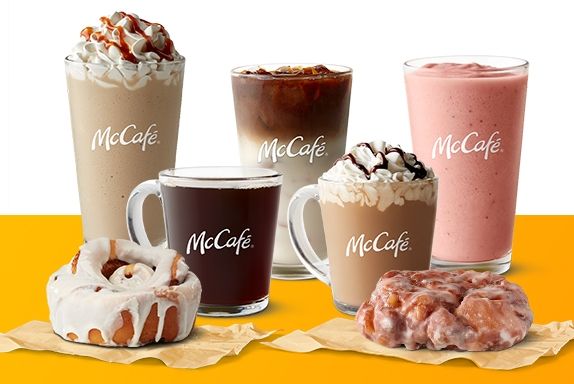McDonalds faces some degree of competition in the coffee market from Starbucks and Dunkin, according to an analysis published by The Henry Fund.
McDonalds recently transitioned to its McCafe business model as the company begins to target the coffee market more.
However, Starbucks is not necessarily known for its coffee products.
Hence, McDonalds targets consumers in much the same way as Dunkin, catering to modest quality at a lower price.
For its part, The Henry Fund is a real money investment fund managed by students from the Master of Finance program at Tippie College of Business. It was gifted by UI benefactors Henry Tippie and Henry Royer.
Mcdonalds
This company is a very different type of player in the coffee retail market than Starbucks.
When comparing Starbucks to other major players in the coffee retail market, the analysis points to highlight that coffee is not McDonalds’ primary focus.
Rather, the company has made an effort to enter the market and, due to its global brand, poses a threat to current market players.
Indeed, McDonalds currently has more than 38,000 store locations around the world.
Compared to Starbucks and Dunkin, McDonalds has a much larger international presence in store locations with nearly 25,000.
The top three industry players have a relatively similar number of national store locations within the 11,000 to 15,000 store range.
However, the biggest difference between the players in the retail coffee industry comes from the international exposure that each company has.
Overall, among the major players, Starbucks is the undisputed industry leader and Dunking is the closest competitor.
Both companies operate similarly and have relatively similar product offerings, however Dunkin markets from their lower price point in which they attract customers through a value approach rather than a specialty approach.
But Dunking has struggled with earnings growth, especially compared to Starbucks in the past five years.
Dunkin’s national store locations have seen no more than 2% growth in same-store sales since 2015, while Starbucks has grown substantially more.
![]()

